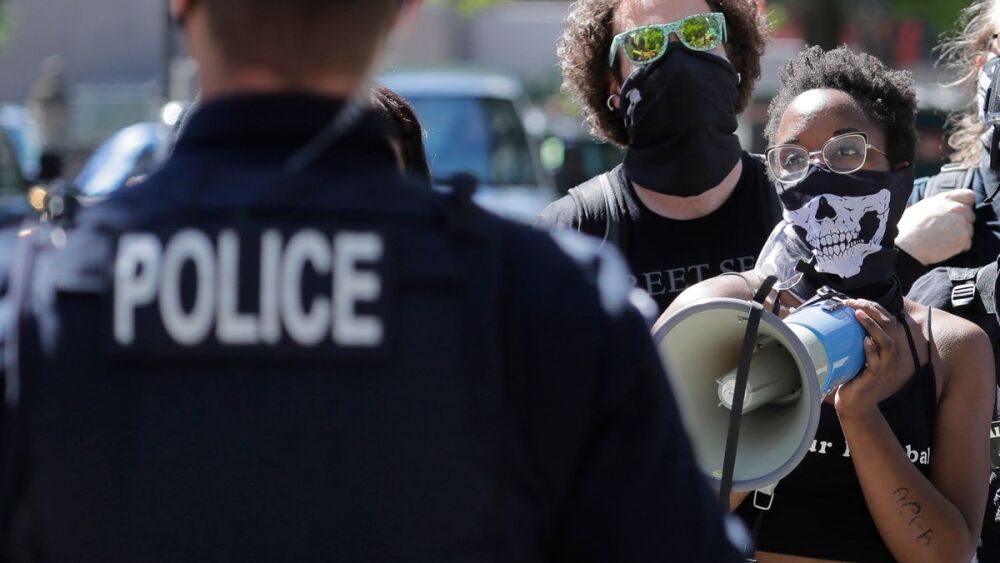This article originally appeared in the July 2020 PoliceOne Leadership Briefing. To read the full briefing, visit Transparency hubs | Community communication report cards | Conversing online, and add the Leadership Briefing to your subscriptions.
By Judy Pal and Eric Kowalczyk
In these times of profound change, many are asking why some cities are experiencing significant protests and violence and others are not. There is no simple answer. However, it is undeniable that police agencies are getting a real-life report card on how well they have developed relationships across their community and some agencies aren’t happy with their grade.
This may seem a harsh observation, but the truth is that police can’t be servants of communities without understanding them. It’s more than a demographic or statistical analysis of facts and figures. It moves beyond categorical breakdowns into the learned and lived experiences of the people we serve. How can we understand our communities without building solid bridges of communication?
Many departments boast about community relations units, host “coffee with a cop” events and post photos of officers doing the good work that is typical of every good cop and consider that “community relations.” A deeper look reveals an unanswered question – what are the true outcomes of those efforts? Is your department simply checking a best-standards box (community relations unit), “preaching to the choir” (coffee with a cop), or filling a Facebook page? It’s time for law enforcement to move from box-checking to strategic thinking when it comes to communicating with the community.
Education
It starts with education. Understanding the long and complicated history minority communities have had with law enforcement is often a critical missing component in today’s training curriculums. From the history of how law enforcement in the United States evolved to the role law enforcement played in segregation and enforcement of disparate laws, these lived experiences of previous generations factor into the learned experiences of today’s generation.
Understanding leads to knowledge, and knowledge allows agencies to adopt policies and practices that provide better service and deeper connections. Better service leads to stronger relationships. Such relationships have a clear empirical link to a reduction in crime and improvement in overall community safety. After all, police can only be as good as the community they serve want them to be. Police depend on the community for success when it comes to both crime prevention and solving crime.
Honest reflection
It’s also time for inner reflection. Leaders must look candidly at their inner circle of trust. While many agencies boast they have a command staff that is reflective of their community, if that small group of people who sit in your office at 8 p.m. all look and think like you, you are on the edge of “groupthink” rather than embracing diverse opinions. Former NYPD Police Commissioner Bill Bratton always said he enjoyed filling his board room with people with diverse opinions as it provided an opportunity to hear passionate debate about issues from every angle. And he wasn’t talking about a “both sides” discussion. He called it a Rubik’s cube!
Outputs v outcomes
Lastly, many agencies in crisis are focused on outputs rather than outcomes. Over the years, accountability measures such as CompStat have been bastardized to a level that would have Jack Maple spinning in his grave. Many agencies place too much focus on numbers such as arrests, stops and response times. Former Milwaukee Chief Ed Flynn coined the phrase, “Sometimes success is measured by what doesn’t happen.” He was talking about outcomes, not outputs. In other words, the tangible efforts that lead to demonstrable crime reduction, not just statistics that justify the existence of police departments.
As communications consultants and instructors, we work with PIOs across the country and ask them to stop focusing on the number of news releases they issue or if their post goes viral. We must focus on the true outcomes of our actions. Are the tactics we are implementing part of a greater strategy to help us reach our goal of a safe community for every person? What are the peripheral unintended consequences of what we are doing?
Community of advocates
We must work to create a community of advocates. This is accomplished through communication, research, strategic planning, collaboration and setting a true north for your agency that puts community priorities first. You create advocates when you communicate. You bring awareness to an issue and work with the community to raise their appreciation of its gravity. Once they understand the issue and acknowledge the problem, if asked, they will act and support the action of law enforcement. Presto – advocacy. It’s easy to summarize, but understand, the steps take time and energy.
Politicians must understand law enforcement is trying to keep fingers in a leaking dam while building another one with fewer and fewer resources. Building those trusting relationships is a four-pronged communication effort. Recently retired Virginia Beach Chief Jim Cervera talks about the four pillars of engagement. Without the support of your people, elected officials, your community and the media, you are standing on wobbly ground.
If, upon true reflection, you are not happy with your department’s report card, begin work now to build those relationships. Start by producing actionable intelligence about your community – who are the informal and formal leaders of all demographics. Meet, ask hard questions, and most importantly, employ the essential rule for good communication: listen! Listen for context, listen for insights and experiences, listen for perspective and without prejudice, listen beyond the past and for a deeper connection. Listen for change.
About the authors
Judy Pal is a former assistant commissioner with the NYPD and served as chief of staff in both Baltimore and Milwaukee. Eric Kowalczyk headed communications for the Baltimore Police Department during the Freddie Gray protests and authored the book “Politics of Crisis.” They have created the Communications Practitioner’s Academy to help leaders and PIOs better communicate. Learn more at www.10-8communications.com.


